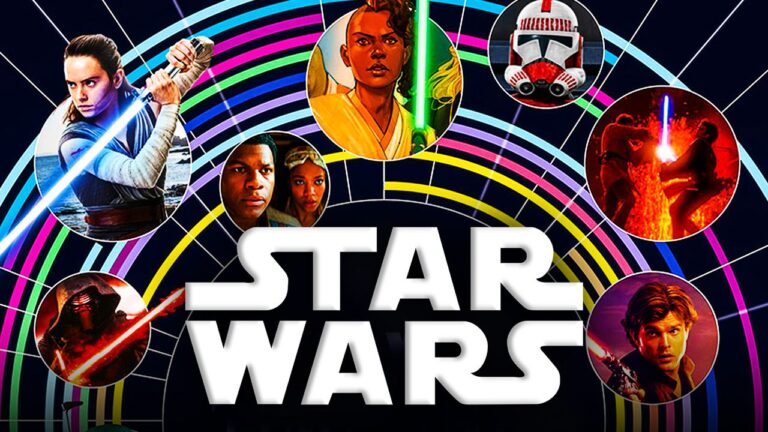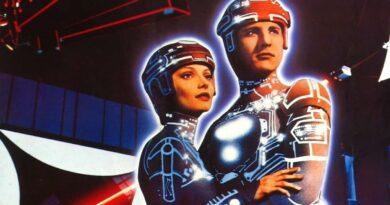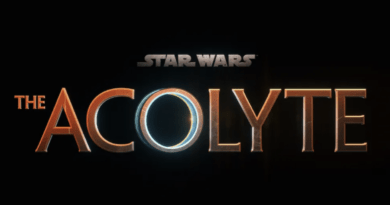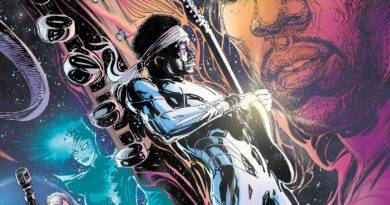
Star Wars Timelines book review
Star Wars is a vast and complicated galaxy with it not always being clear when events take place. Star Wars: The Clone Wars is chronologically confused. The comics is a world unto itself. And even recently, Jon Favreau shocked everyone by saying that Din Djarin and Grogu were apart for two whole years!
This then, is the problem that the book Star Wars Timelines: From the Time Before the High Republic to the Fall of the First Order aims to solve. By providing fans with a complete chronological timeline from the birth of Jedi Order itself to the end of the First Order, this book will settle the debate of the galaxy once and for all. Or, well, it does as the galaxy looked before January 2023.
Before that is explained, it must be stated what the book achieves. The amount of work the authors (Kristin Baver, Jason Fry, Cole Horton, Amy Richau, and Clayton Sandell) put into categorising the immense galaxy, the films, shows, videogames books and comics is to be commended. It must have taken an enormous effort to make sure everything lined up correctly in an unfocused galaxy.
Two periods that stand out as a major achievement are The Clone Wars and the immediate period afterwards. Both have to be the most saturated Star Wars eras, with all the above media occupying this space and overlapping one another. Lining everything up neatly is impossible, and so when it can’t be, estimations are given, similar to the rest of the galaxy.
Another notable addition is providing more context on The Mandalorian era, correcting what Favreau claimed. Din and Grogu were not apart for two years, but only for a period of months (though how many months isn’t explained).
Main character timelines detail the history of key characters in the franchise, whether that be Boba Fett or Obi-Wan Kenobi. The artwork and presentation is great here, with each character lovingly recreated for the book. Of course not every moment of their life is mentioned, but the key parts are.
There aren’t just characters though. The most important objects of the Star Wars galaxy are given their own pages, the standout being the evolution of the Star Destroyer. This is the most iconic warship in the franchise, with each era having its own iteration. The book does the ship justice here, along with the other objects like the TIE Fighter and the Millennium Falcon.
Their placement in the book is appropriate to when they’re introduced, and help to break up the sameness of the book, by introducing a curved timeline focused on a specific object. It’s additions like this that will keep audiences hooked, and prevent them from being bored by the same format.
Though these breaks in the main timeline should have been bolded out in the contents page.A quick look at a long list of titles makes it hard to distinguish between the breakout sections and the larger timeline at play. So if fans wanted to have a quick scan of Rey or the Millennium Falcon they’d spend too long looking for it.
While the future of Star Wars is largely ignored (for obvious reasons), the book does have a brief hint at the start of the Jedi Order. While it’s nothing major, it does suggest that the droid Huyang might be in James Mangold’s upcoming film, as the timeline dates match up. Fingers crossed this droid that knows all things lightsabers appears on the big screen as well as the small screen.
And here is the major complaint about the book, perhaps not the fault of the authors themselves but the issue that the Star Wars galaxy continues to march forward. It misses most things from September 2022 onwards, Andor, when season two of Star Wars: The Bad Batch takes place, and The Mandalorian season three. Confusingly, The High Republic phase two, which released at a similar time, is accounted for.
But while there is no way the events of the shows could have been written in the book, the dates at which they took place could have been represented. Production would have occurred at a similar time, and dates would have to be mapped out quite early on. So even a hint about them would have been appreciated.
Reference books have now largely become obsolete thanks to the internet, and this book does nothing to change that view. Books can only be up to date for a short second with a franchise like Star Wars, but the internet is updated by the second. Someone who isn’t already familiar with the Star Wars world but wants more information will get the best out of this book, as they won’t be overwhelmed by the constant additions to the universe.
While this book does help address some of the most confusing parts of the timeline, the fact it’s already out-of-date kneecaps its ability to be informative going forward. Ultimately this was the flaw it had to overcome, and unfortunately it couldn’t.



